Mosasaurus: The first marine super predator
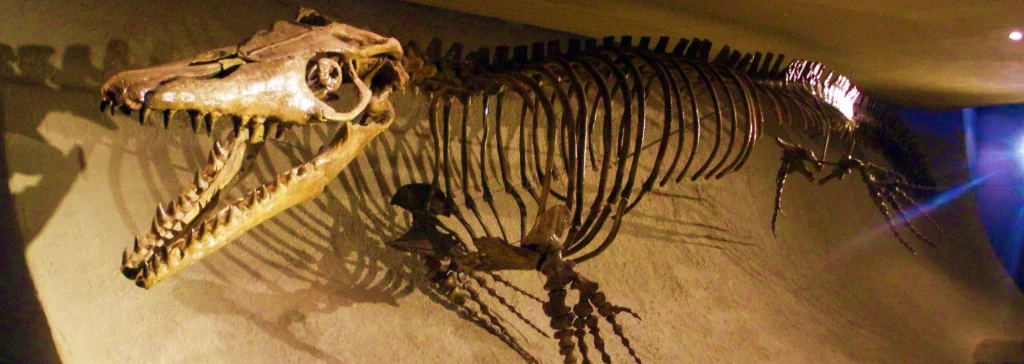
Mosasaurus: A Majestic Marine Predator
Mosasaurus, a colossal marine reptile, is a mesmerizing creature that once prowled the ancient seas during the Late Cretaceous period, approximately 70-66 million years ago. Belonging to the family Mosasauridae, Mosasaurus is renowned for its formidable size, streamlined body, and powerful jaws, making it one of the most iconic apex predators of its time.
Physical Characteristics and Adaptations
Mosasaurus boasted an elongated body, typically reaching lengths of up to 50 feet or more, with some exceptional specimens possibly exceeding 60 feet. Its sleek, streamlined form facilitated swift movement through the water, allowing it to pursue and ambush its prey with remarkable agility. Its large, paddle-like limbs aided in propulsion, propelling it through the depths with ease.
The most striking feature of Mosasaurus was its formidable jaws, armed with rows of sharp, conical teeth ideal for grasping and tearing prey. With a skull featuring a powerful bite force, it could effortlessly dispatch large marine creatures, including fish, turtles, and even other marine reptiles. Its ability to open its jaws wide enabled it to swallow prey whole, making it a fearsome predator of the ancient seas.
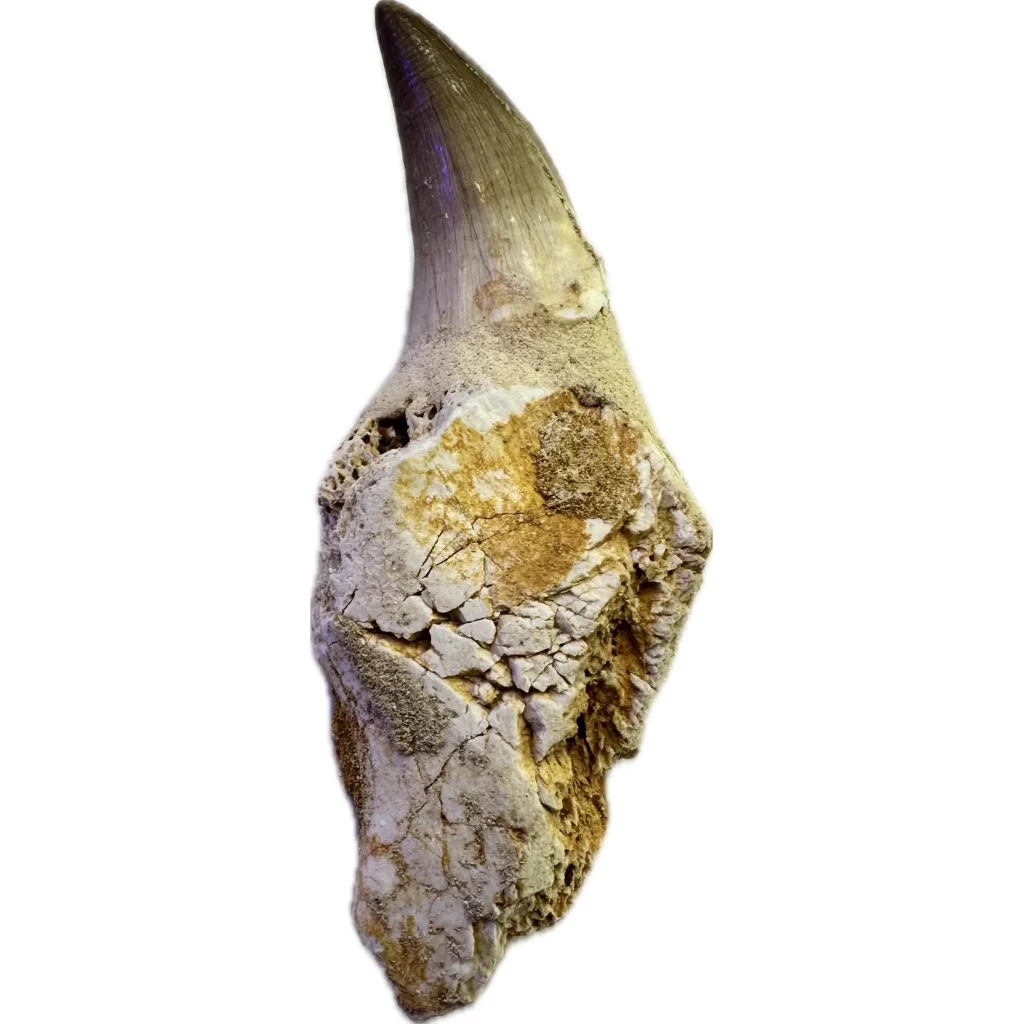
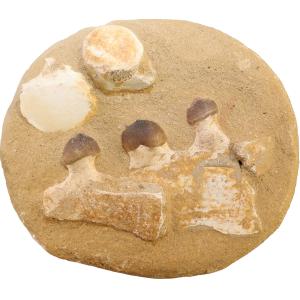
Behavior and Habitat
As a marine reptile, Mosasaurus spent the entirety of its life in the ocean, roaming the warm, shallow waters that covered much of the Earth during the Late Cretaceous period. It likely patrolled coastlines and continental shelves, utilizing its keen senses to locate and hunt its prey in the murky depths. Mosasaurus may have been an ambush predator, lurking in wait before launching swift attacks on unsuspecting prey with lightning-fast strikes.
Diverse Species of Mosasaurus
Within the genus Mosasaurus, several species have been identified, each with its own unique adaptations and characteristics. Among these, Tylosaurus, Prognathodon, and Globidens stand out as notable examples, showcasing the diversity and evolutionary success of this remarkable group of marine reptiles.
Tylosaurus: The Tyrant Lizard
Tylosaurus, a close relative of Mosasaurus, was one of the largest and most formidable predators of the Late Cretaceous seas. Known for its robust build and distinctive elongated snout, Tylosaurus possessed a fearsome array of teeth adapted for capturing and devouring large prey. With lengths surpassing 40 feet, Tylosaurus rivaled Mosasaurus in size and dominance, asserting its reign as a top predator of its era.

Prognathodon: The Apex Predator
Prognathodon, another member of the Mosasauridae family, was characterized by its elongated jaws and formidable dentition, featuring large, robust teeth perfect for seizing and dispatching prey. With a sleek, streamlined body and powerful swimming capabilities, Prognathodon likely pursued a diverse array of marine creatures, ranging from fish and cephalopods to smaller marine reptiles. Its evolutionary adaptations and ecological role cemented its status as an apex predator of the Late Cretaceous oceans.
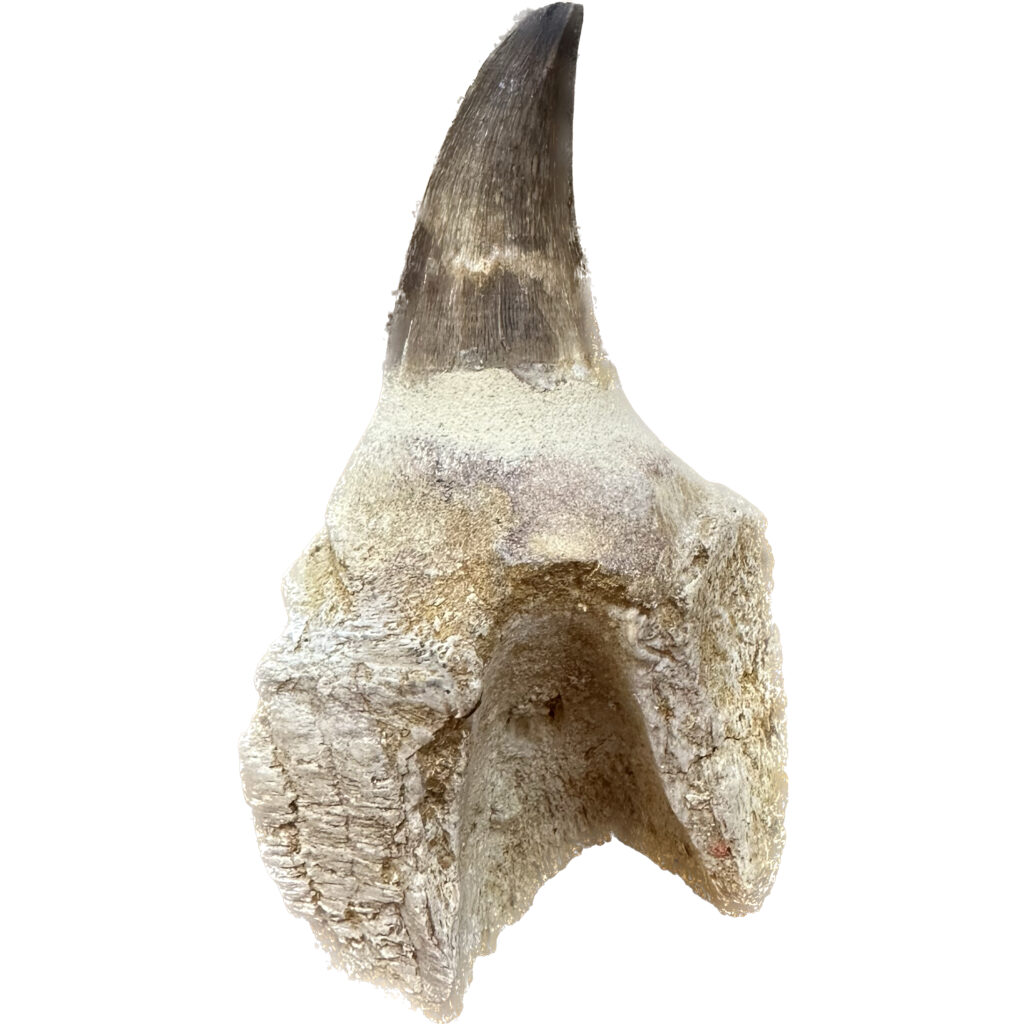
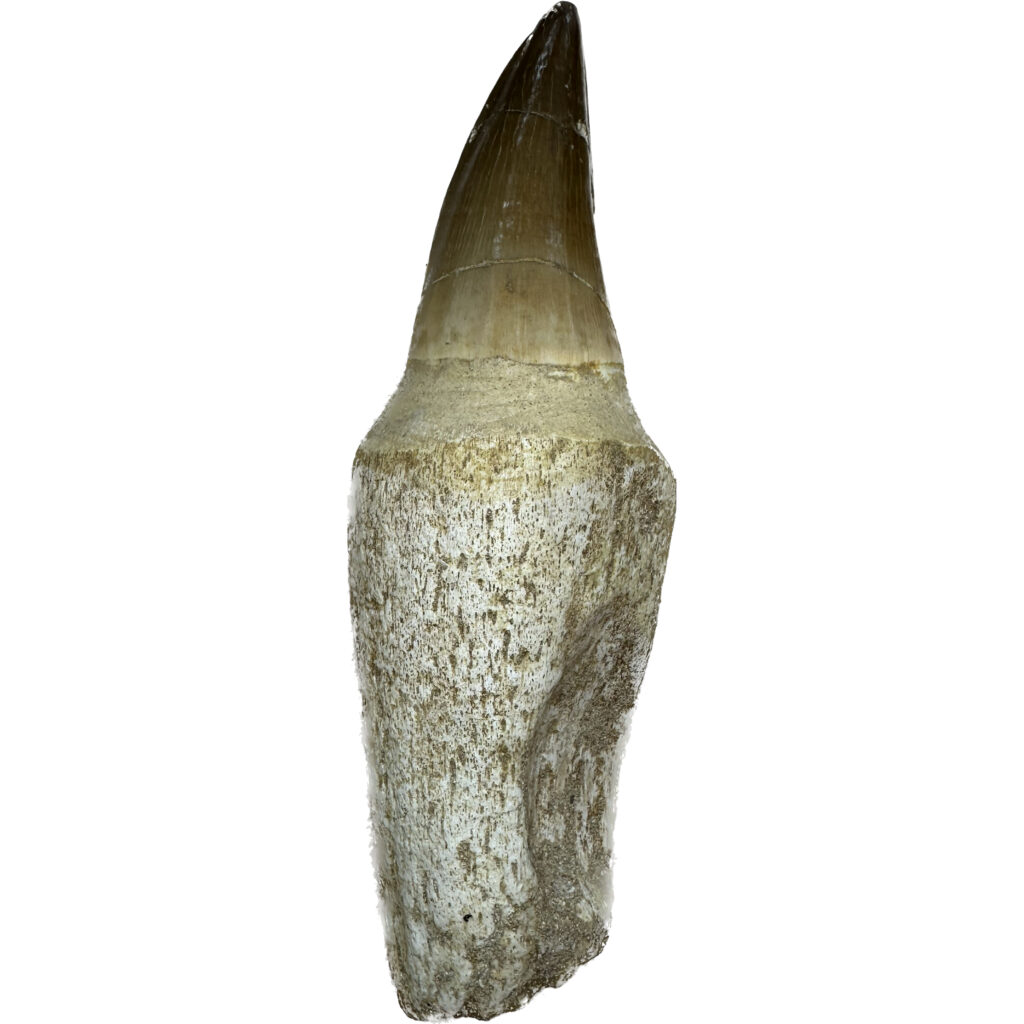
Globidens: The Shell Crusher
Distinctive among the Mosasauridae, Globidens possessed a unique adaptation in the form of rounded, globular teeth specialized for crushing hard-shelled prey such as mollusks and crustaceans. This adaptation allowed Globidens to exploit niches inaccessible to other mosasaurs, making it a highly successful and specialized predator in its own right. Despite its comparatively shorter length, Globidens played a vital role in the marine ecosystems of the Late Cretaceous, demonstrating the diversity of feeding strategies within the mosasaur family.
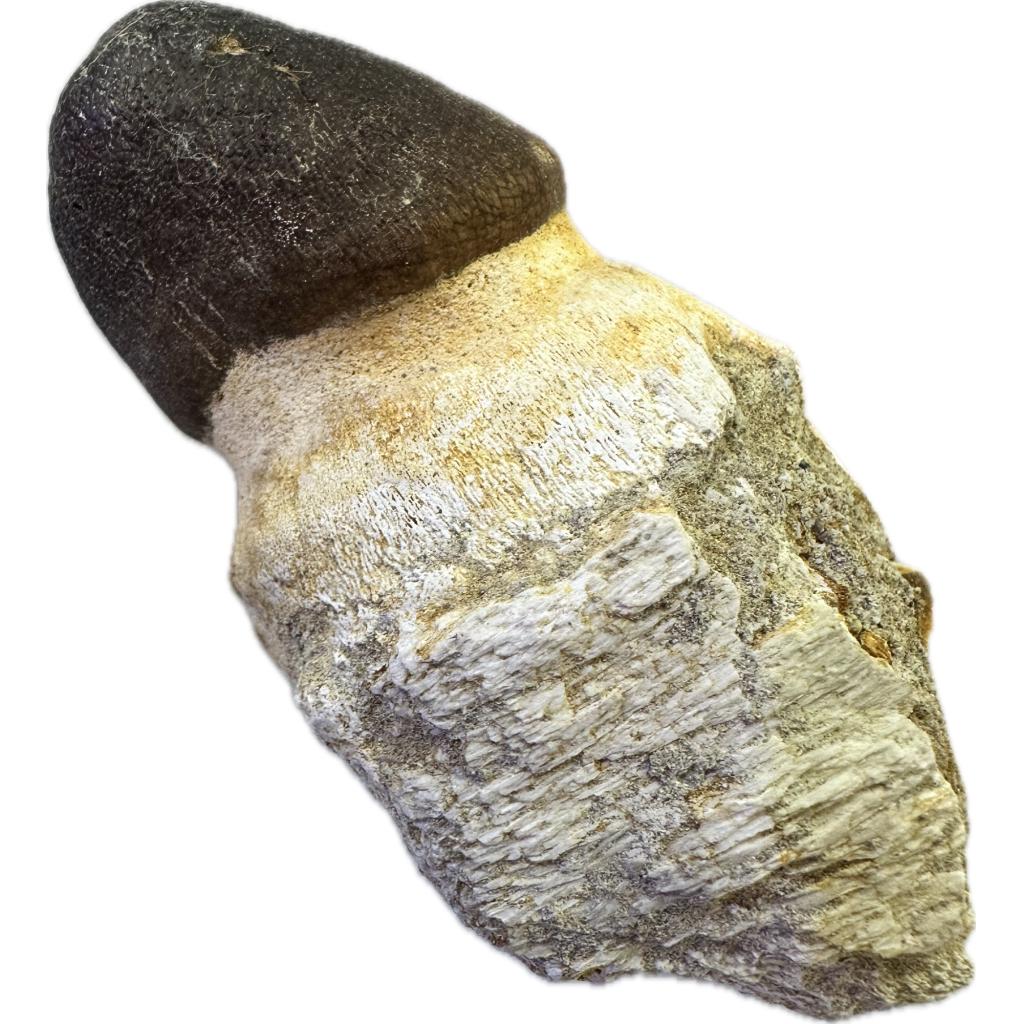
Diverse Prey Selection and Feeding Behavior
Mosasaurus, with its formidable jaws and powerful swimming abilities, had a diverse diet reflective of its status as a top predator of the Late Cretaceous seas. While its primary prey likely consisted of fish and smaller marine reptiles, including plesiosaurs and ichthyosaurs, Mosasaurus was also known to target larger marine animals such as sea turtles and ammonites. Its sharp teeth and strong bite allowed it to efficiently dispatch prey, while its streamlined body facilitated swift pursuit and capture.
One of the most intriguing aspects of Mosasaurus’ diet was its potential predation on other mosasaurs, including individuals of its own species. Fossil evidence suggests that intraspecific competition may have driven cannibalistic behavior among these marine reptiles, with larger specimens preying upon smaller or weaker individuals. Such behavior highlights the intense competition for resources in the ancient oceans and underscores the evolutionary pressures that shaped the behaviors of these apex predators.
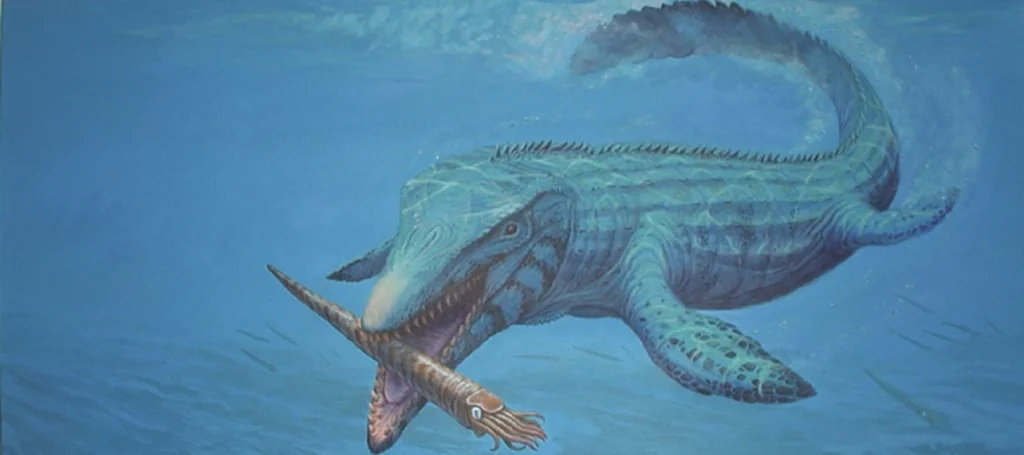
In addition to direct predation, Mosasaurus may have engaged in scavenging, opportunistically feeding on carcasses of marine animals that had succumbed to injury, disease, or natural causes. Scavenging would have provided a supplemental food source, allowing Mosasaurus to sustain itself during periods of scarcity or when prey availability was limited.
Furthermore, Mosasaurus’ feeding habits may have varied depending on its life stage and environmental conditions. Juvenile individuals, for example, may have targeted smaller prey items to avoid competition with larger predators, while mature adults would have hunted larger, more formidable prey to meet their energy requirements.
Overall, Mosasaurus’ diet was characterized by opportunistic feeding behavior, with the ability to exploit a wide range of prey items to sustain its massive size and energy demands. Through the study of fossilized stomach contents and bite marks on prey remains, scientists continue to unravel the intricacies of Mosasaurus’ feeding ecology, shedding light on the complex interactions that shaped ancient marine ecosystems.
